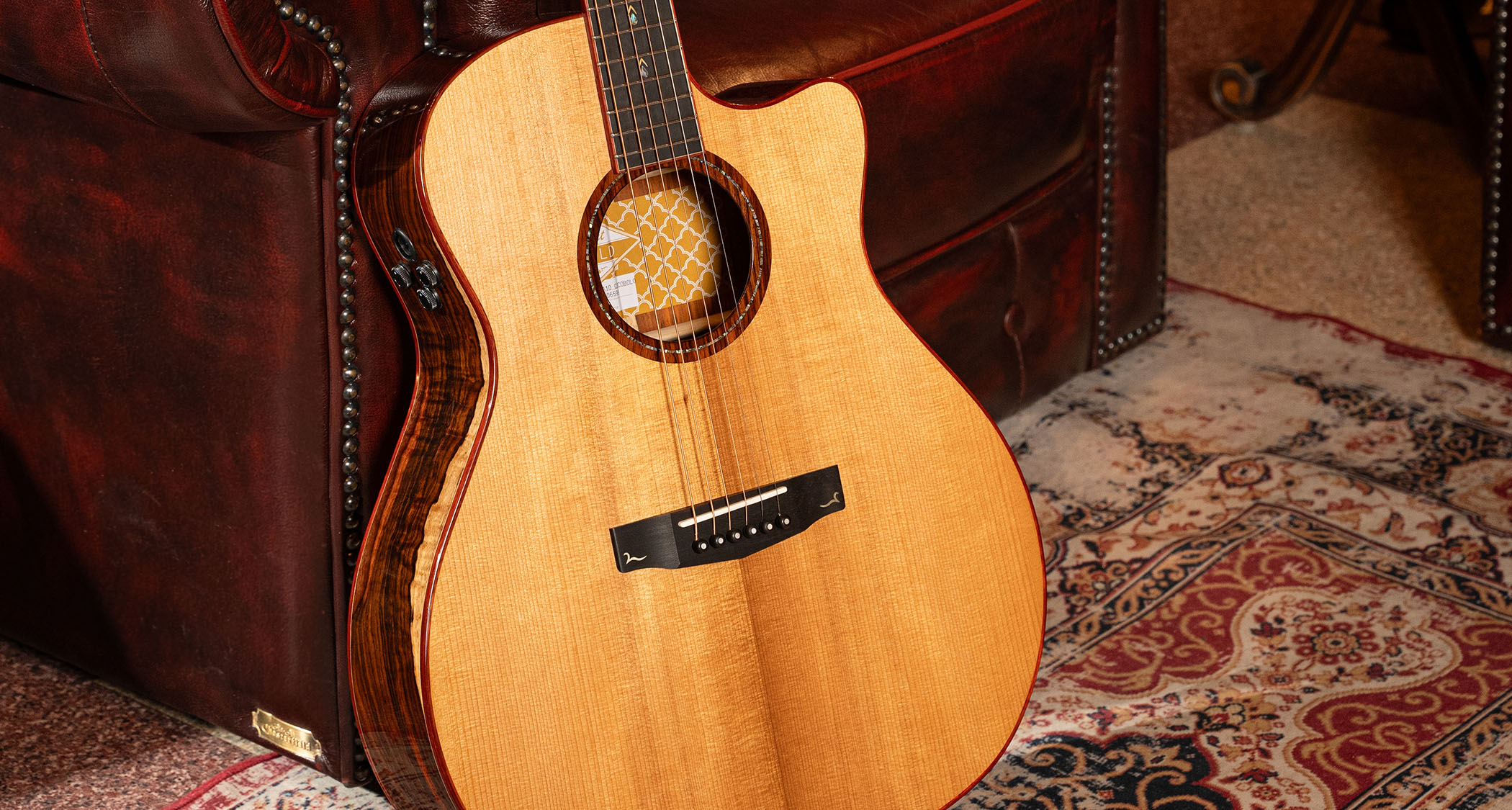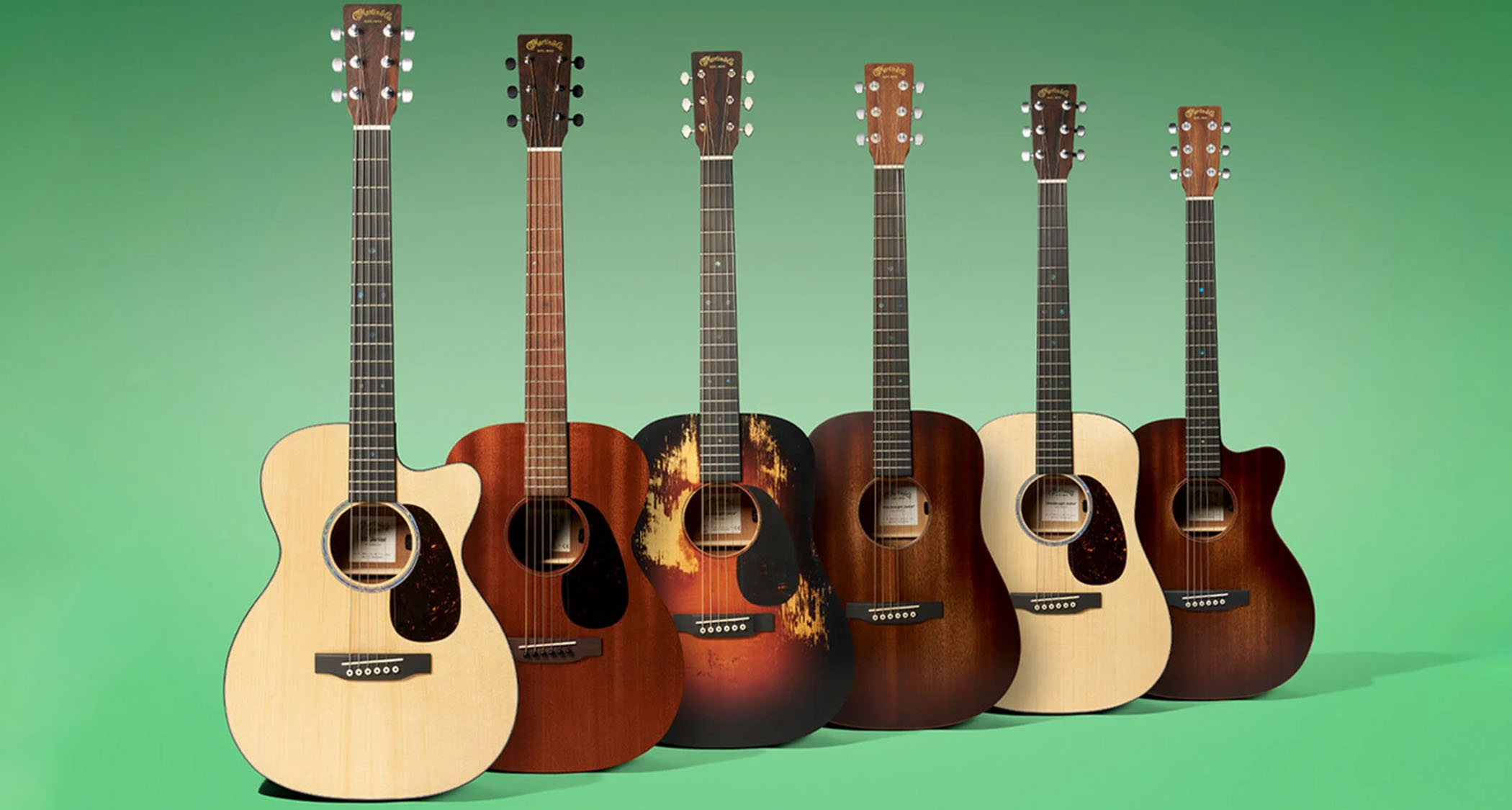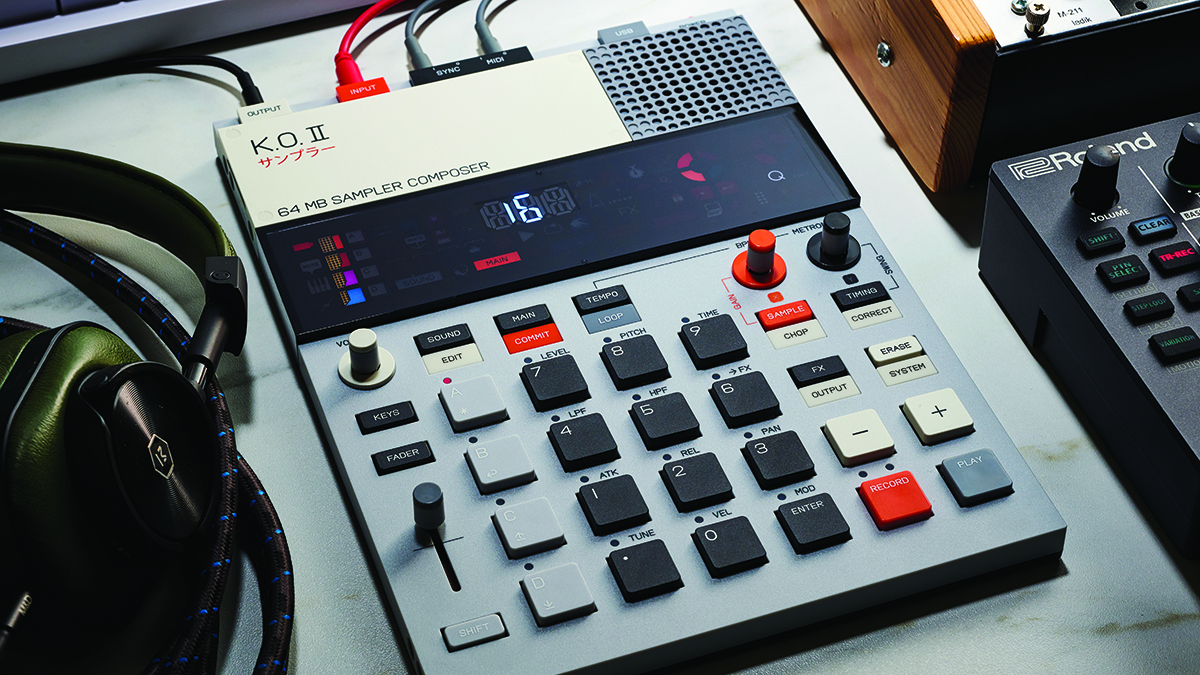Under the microscope: Eric Clapton's 'Blackie' Strat
Electric Guitar Week: Eric Clapton and tech Lee Dickson on a legendary Strat
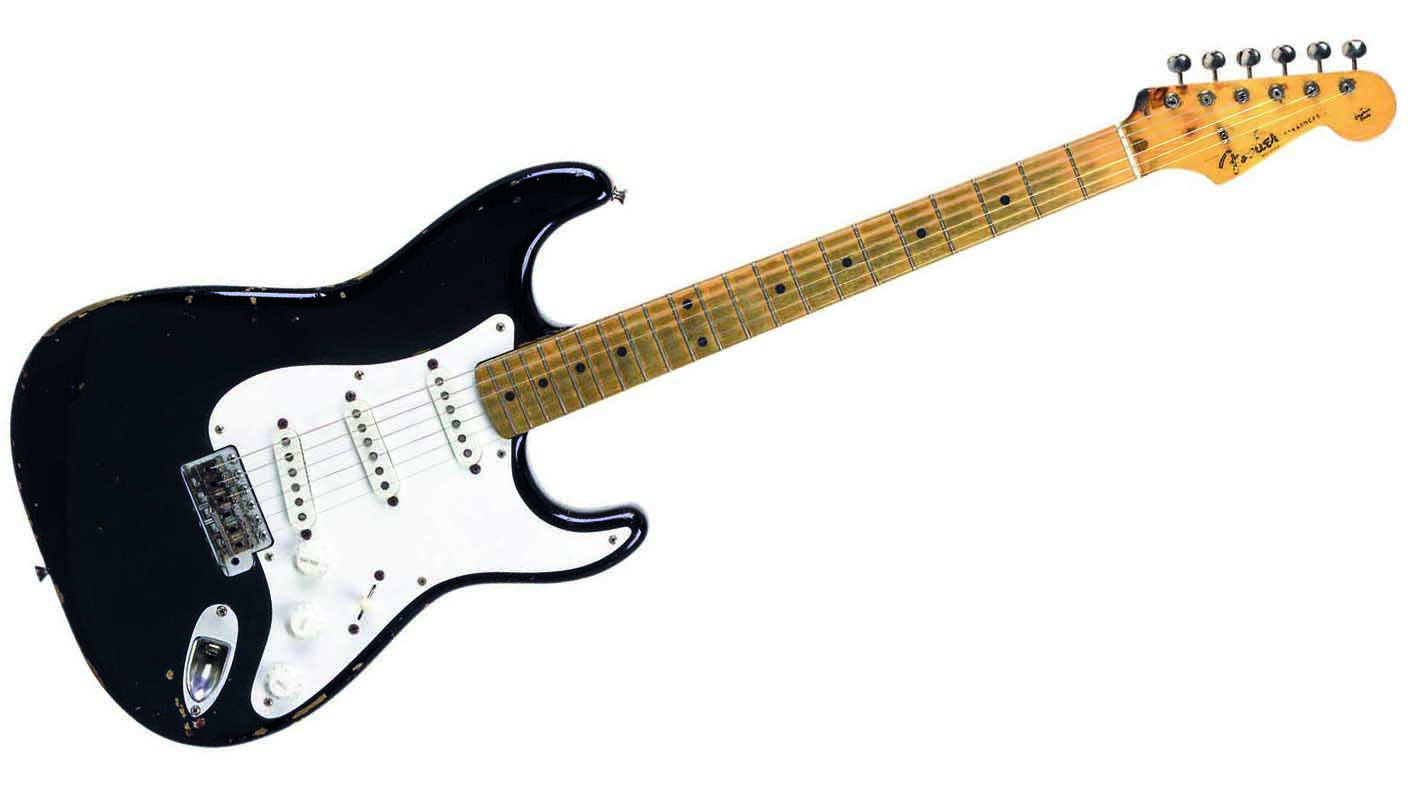
ELECTRIC GUITAR WEEK: There are very few guitars that enjoy the status of Eric Clapton’s beloved black Strat, ‘Blackie’, and back in 1994, Guitarist magazine was offered a close encounter. It so happened that some of the detailed shots of the guitar that we took were lost during an office move. Recently, by chance, we found them again...
Travelling back in time to Monday 11 April 1994, we’re currently enjoying a cup of coffee with Eric Clapton in the cafe at Olympic Studios in Barnes, Middlesex where EC is recording his From The Cradle album. We’re here to talk to Clapton about his thrills-and-spills career, but he’s also given us unprecedented access to ‘Blackie’, the black Stratocaster that was his faithful stage companion throughout the 1970s.
Although the tale has been told a number of times, we ask Eric to relate how he found his most faithful accomplice…
Electric Guitar Week is brought to you in association with Fender. Check out the Electric Guitar Week hub page for more tips and tutorials.
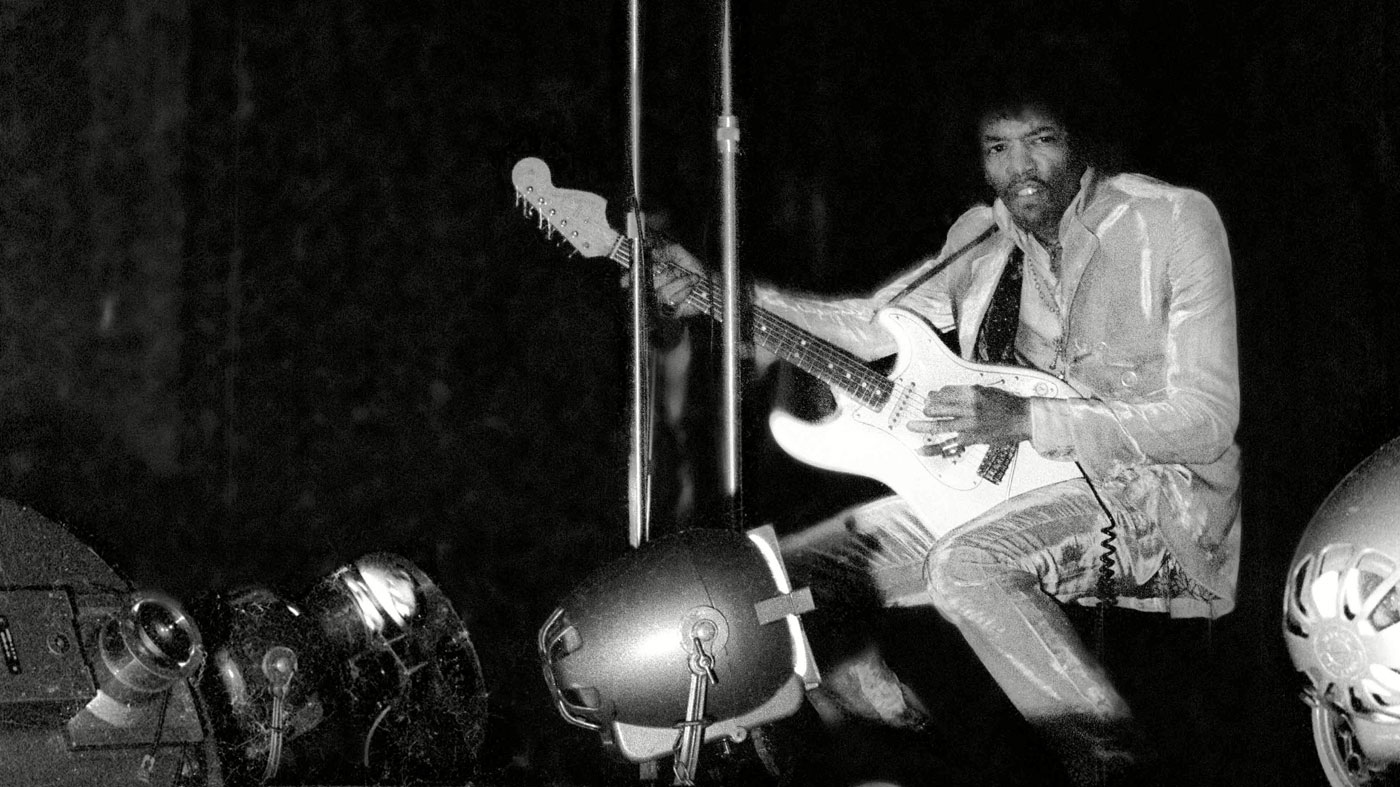
“I was in Nashville and I went into this shop called Sho-Bud where they had stacks of Fender Strats going for virtually nothing because they were so unfashionable and unwanted,” he tells us.
“I bought a big pile of them all for a song - they were really cheap, like $300 or $400 each - and I took them home and gave them out. I gave Steve [Winwood] one, I gave Pete Townshend one, I gave George Harrison one and I kept a few, and I made Blackie out of a group of them. I took the pickups out of one, the scratchplate off another, the neck off another and I made my own guitar, like a hybrid guitar that had all the best bits from all these Strats.”
Blackie has had a hard life on the road, being used for practically every gig and every album Eric did for 12 years or more. “Yeah, I wore it out,” he smiles. “It’s pretty well inaccessible now…”
Get the MusicRadar Newsletter
Want all the hottest music and gear news, reviews, deals, features and more, direct to your inbox? Sign up here.
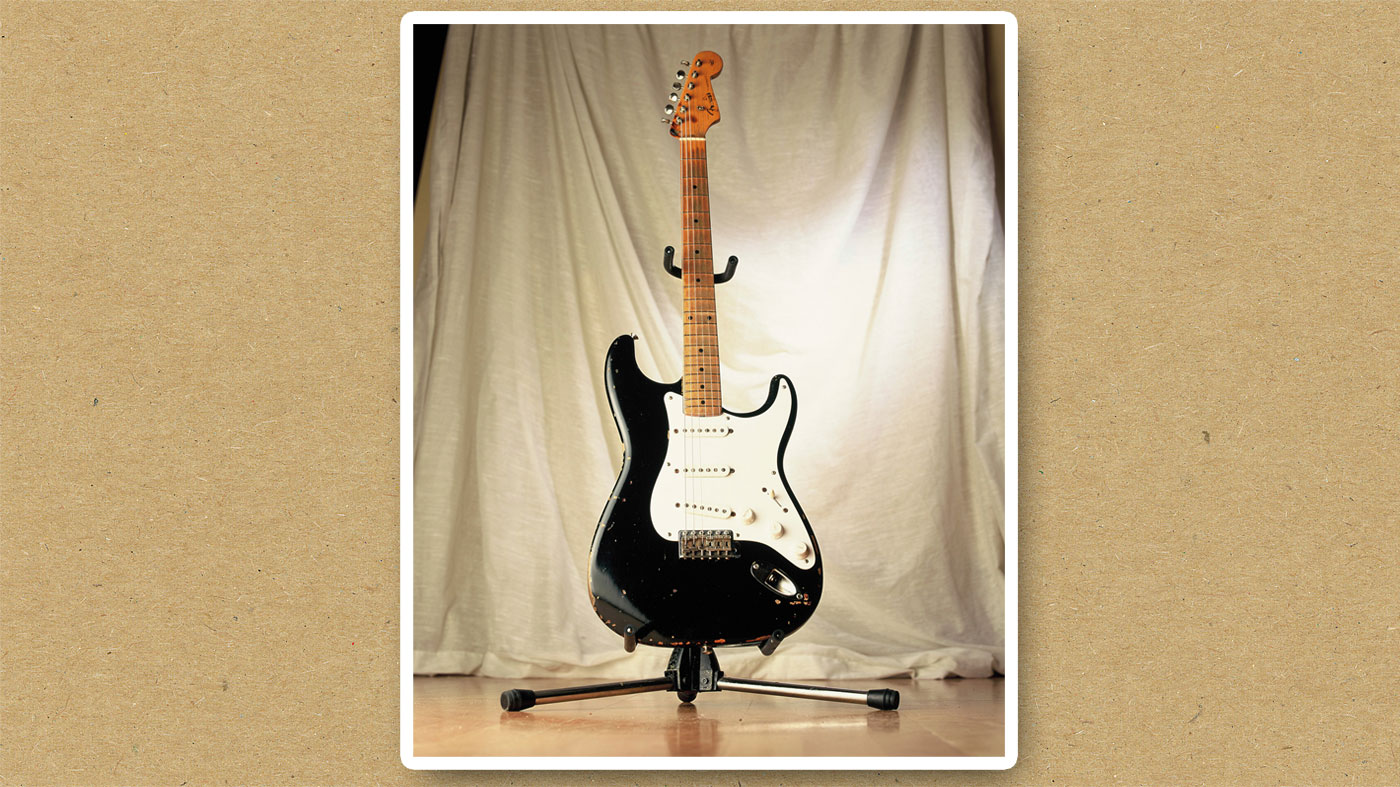
We mention that the bass E string is apparently hanging off the side of the neck where it’s been worn down. “Yeah, there’s not much of the neck left,” he laughs. “It’s worn away on either side and on the back with wear and tear.”
We ask what it was about this 50s hybrid Strat that made it so special and after a little thought, Clapton replies, “The fact that I made it. It was one of the last guitars that I kind of road-managed myself, really. Therefore it felt like it was invested with some kind of soul, you know…”
After the interview was over and Eric had headed off for the day, we were ushered downstairs to the studio basement where the guitar awaited us, in the safe hands of Clapton’s tech at the time, Lee Dickson. We ask how Blackie has fared over the years with such an intense work schedule.

“I’ve had it refretted once,” he says. “The frets were really flat and ground into the neck because it had been stoned by someone who hadn’t taken too much care. But it’s been a great guitar - maybe just one pickup problem on the road. At the time I couldn’t figure it out, but it turned out to be a coil had got nicked at the edge, owing to pressure of playing, and it was just a matter of taking a couple of dozen wraps off.”
What about replacement parts or upgrades - have there been many? “For years, I wanted to change some of the bridge saddles because they were rusted, but [Eric] wouldn’t have it. Not much else in terms of maintenance, just change the strings, keep the frets clean and try to keep the neck in good nick. It pretty much took care of itself; it was - and still is - a fantastic guitar. The machineheads have held up well; I never had to do anything to them. I think the five-way switch has been replaced once or twice over the years, mainly due to sweat and dirt getting into it. I’ve polished it occasionally, although there’s more wood than paint showing through.”

The fact that I made it. It was one of the last guitars that I kind of road-managed myself, really
Eric Clapton
And what about the problem with the bass E?
“Blackie’s got a well-worn neck,” Lee continues. “It’s a very slim, thin neck and just the action of a hand going up and down it, year after year, has taken off a few millimetres of wood. When I was at the Fender Custom Shop, I was amazed by the fact that if you took a few thousandths of an inch off a neck, you can actually feel it.
“With older Strats, the strings tend to run off the neck slightly, but you can always recut the nut a little narrower. I toyed with the idea of doing that on Blackie, but Eric liked it the way it was and so we always tried not to touch it. It was just a few times that he would hit a note and it would slip off the neck and that, coupled with the few thousandths of an inch wear, just made it not as comfortable as it had been.”
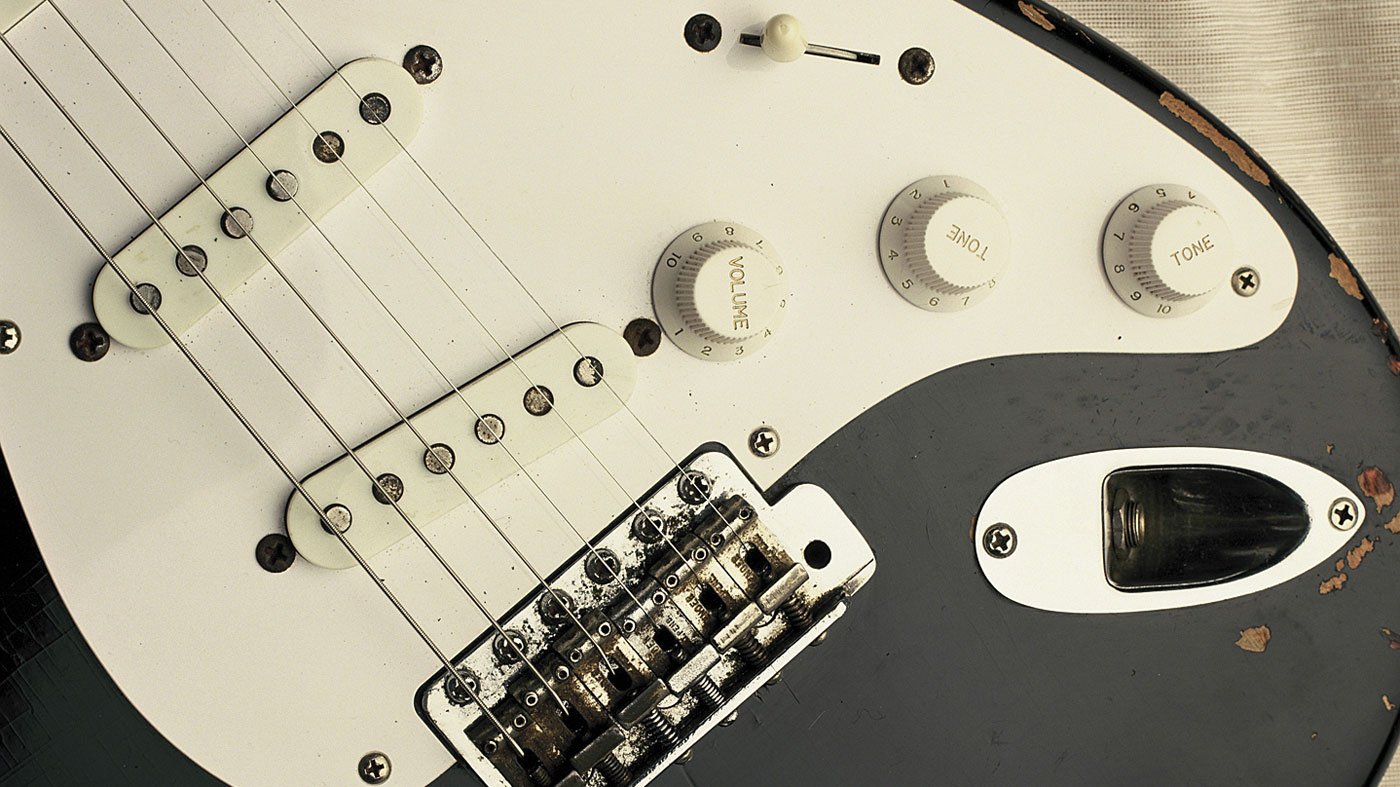
How have the electrics held up over the years? “It was always a buzzy guitar - always tons and tons of buzz problems - but that was due to the kind of stage setup that Eric used at the time, and I suppose there weren’t too many boffins about to go through the building all day isolating things. In America, you could find that the problems were being caused by a fridge up in the manager’s office!”
So is Blackie permanently relegated to the subs’ bench now? “It’s totally playable as it is; there’s nothing wrong with it. It’s kind of like an old car - there are plenty of new models coming out that have got similar spec, so why not buy a new one and keep the old one for Sunday outings or special occasions? That guitar has got years of playing left in it, but not as an ‘every night, stand up and give it wallop’ guitar.”
Electric Guitar Week is brought to you in association with Fender. Check out the Electric Guitar Week hub page for more tips and tutorials.
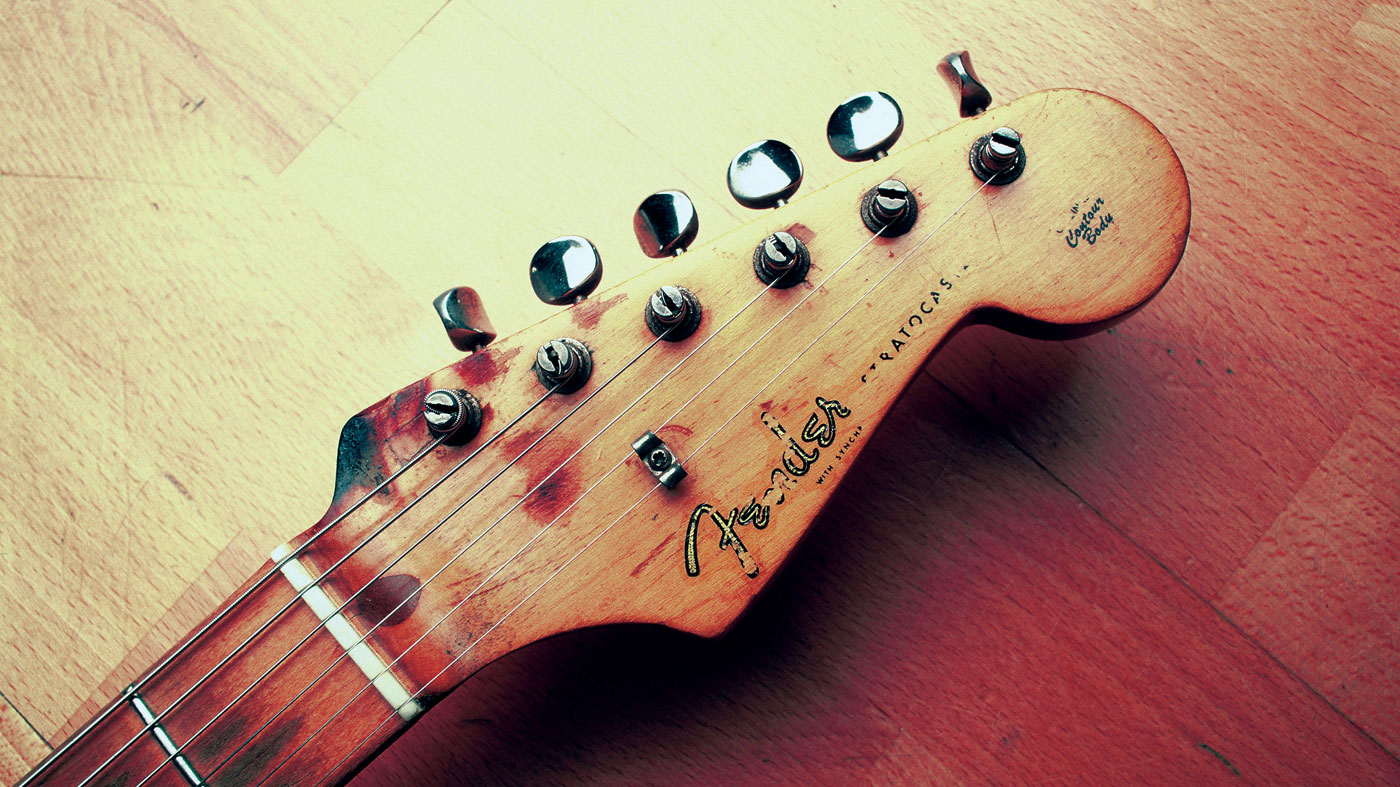
“The humbuckers give it so much power and such a wide variety of tones while the destruct button really sets it apart from just about any other Tele”: Fender unveils the Mike Campbell “Red Dog” Telecaster
“This is a beautiful, well-executed Les Paul, and that’s the sort of guitar you tend to hold onto for life. That’s as sound an investment as there is”: Gibson Les Paul Standard ‘50s Double Trouble review




